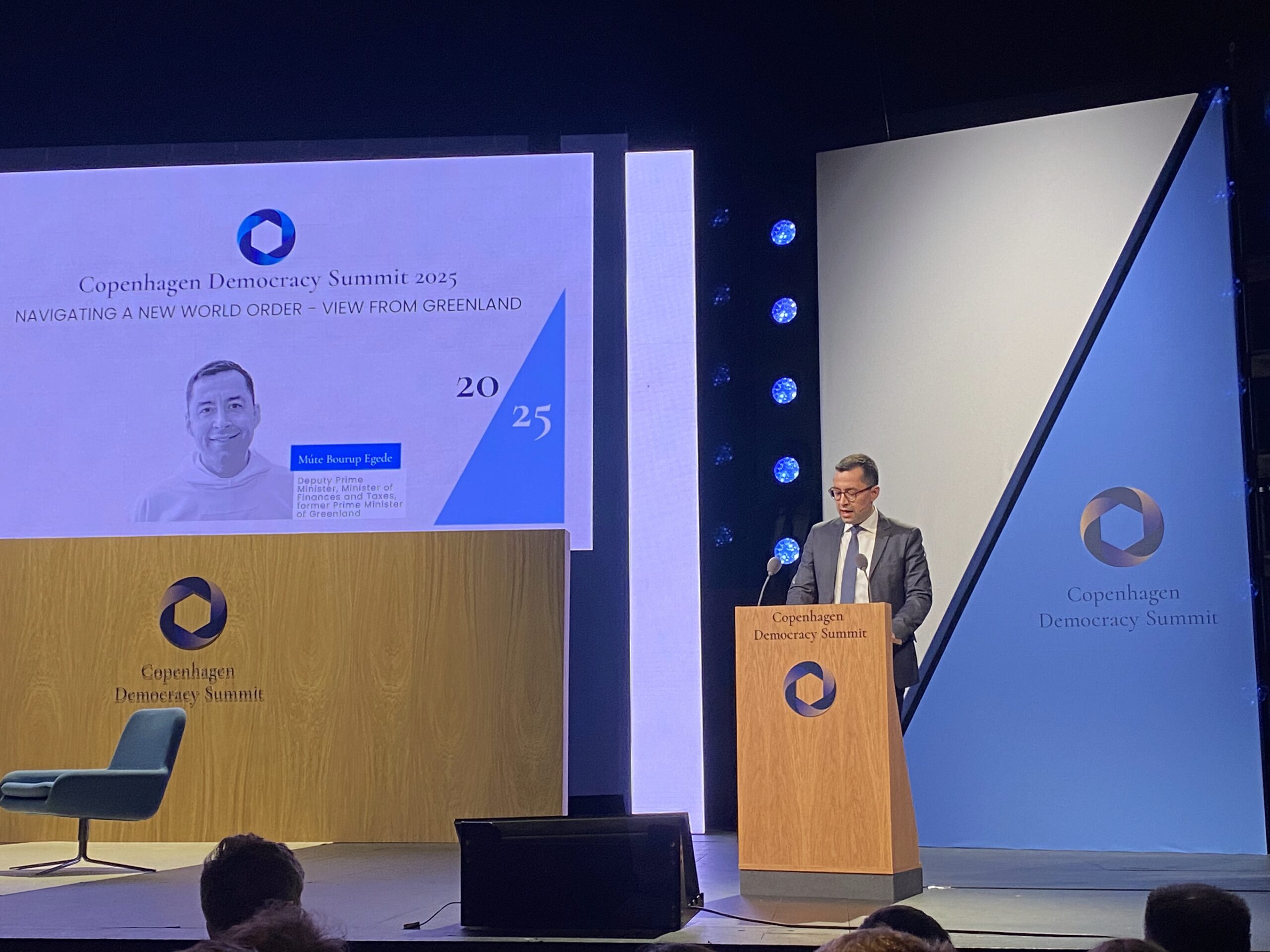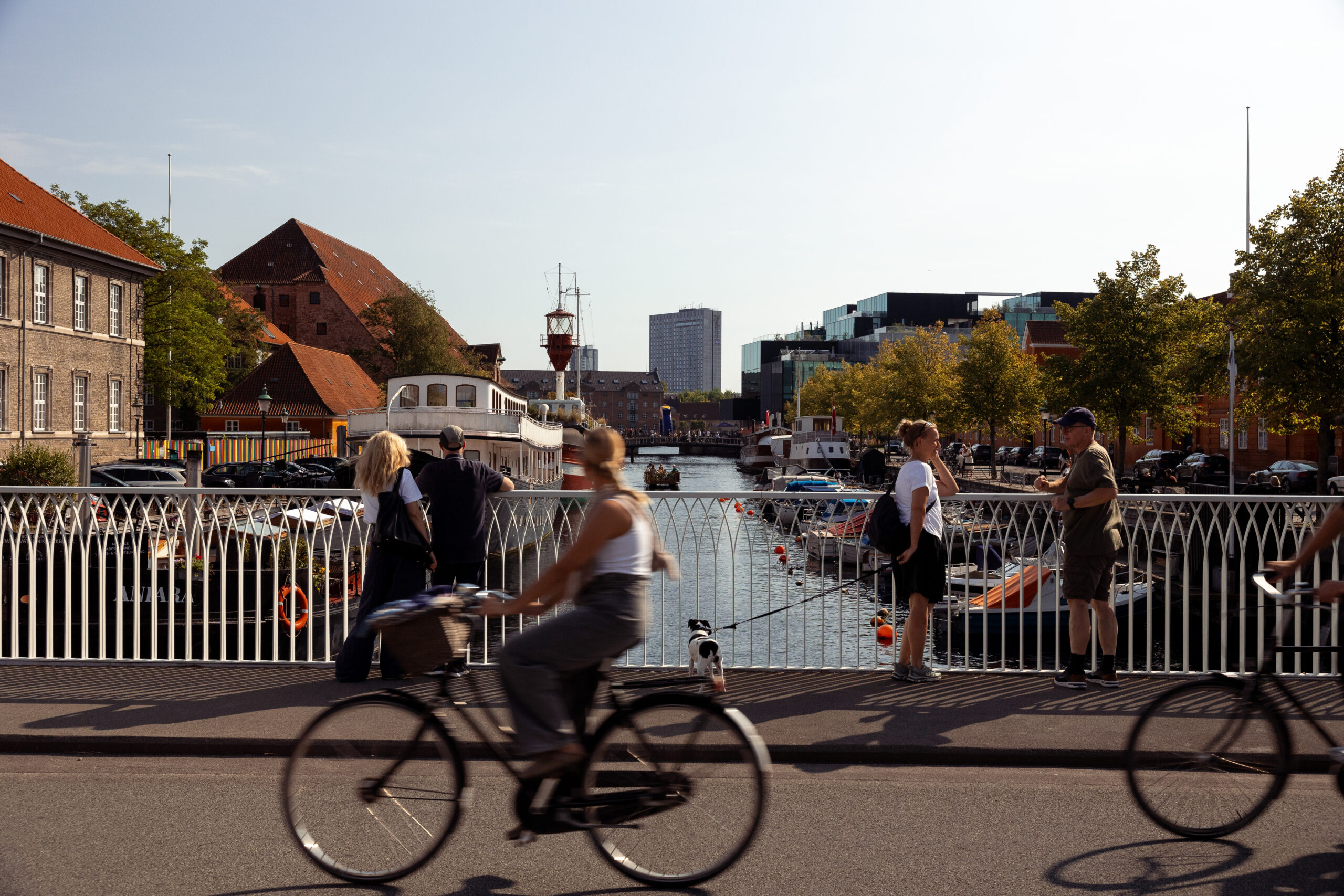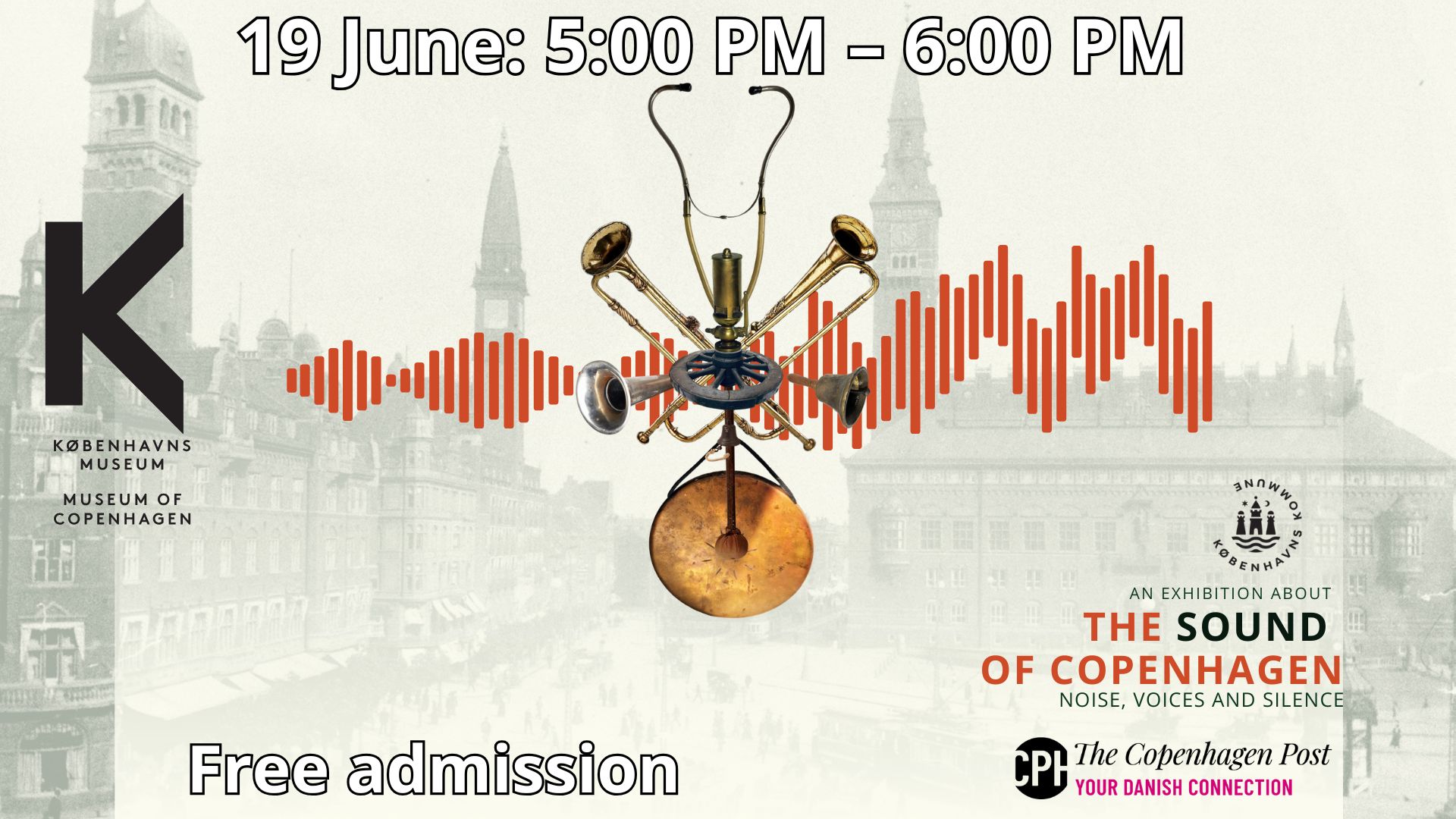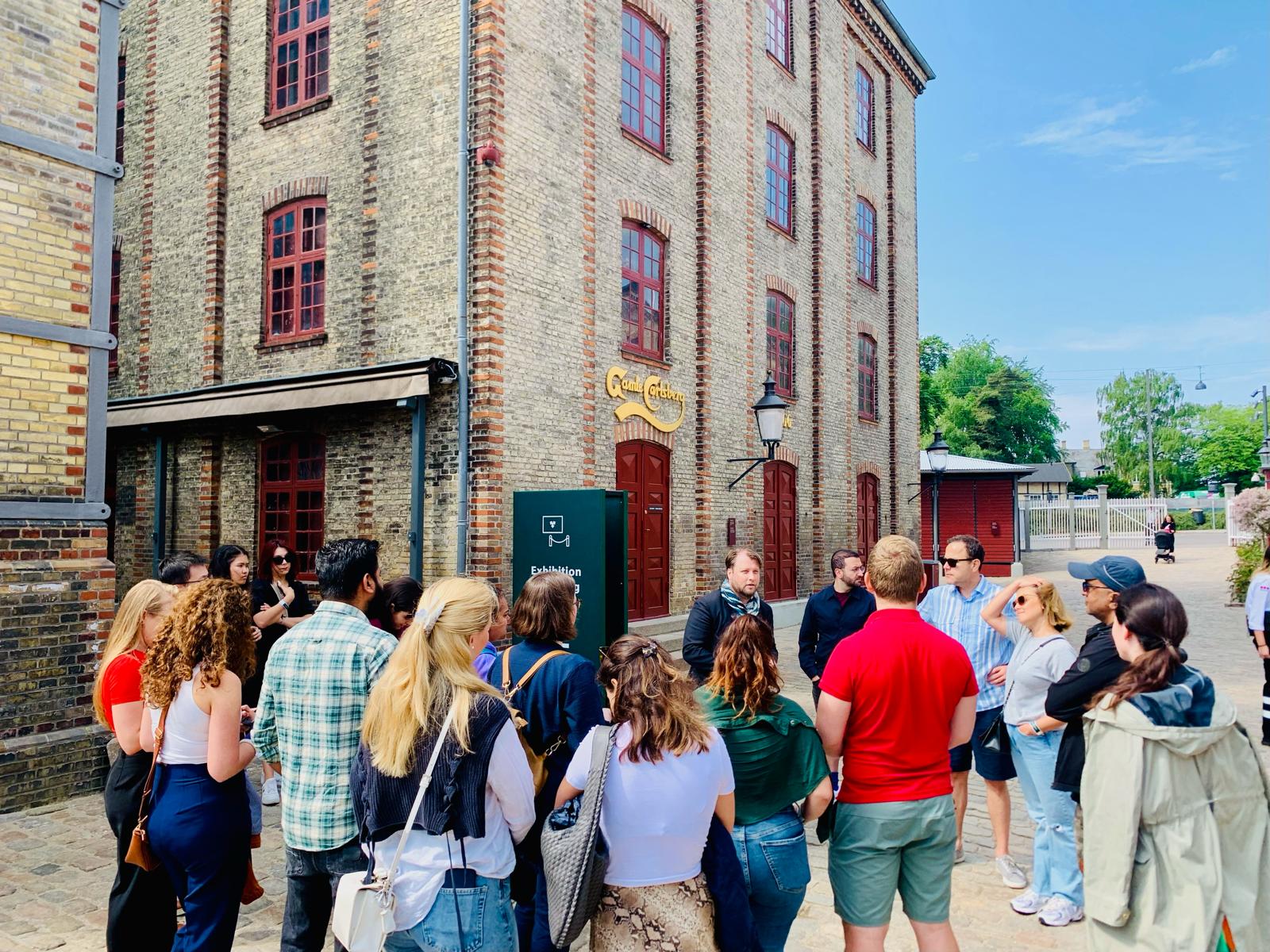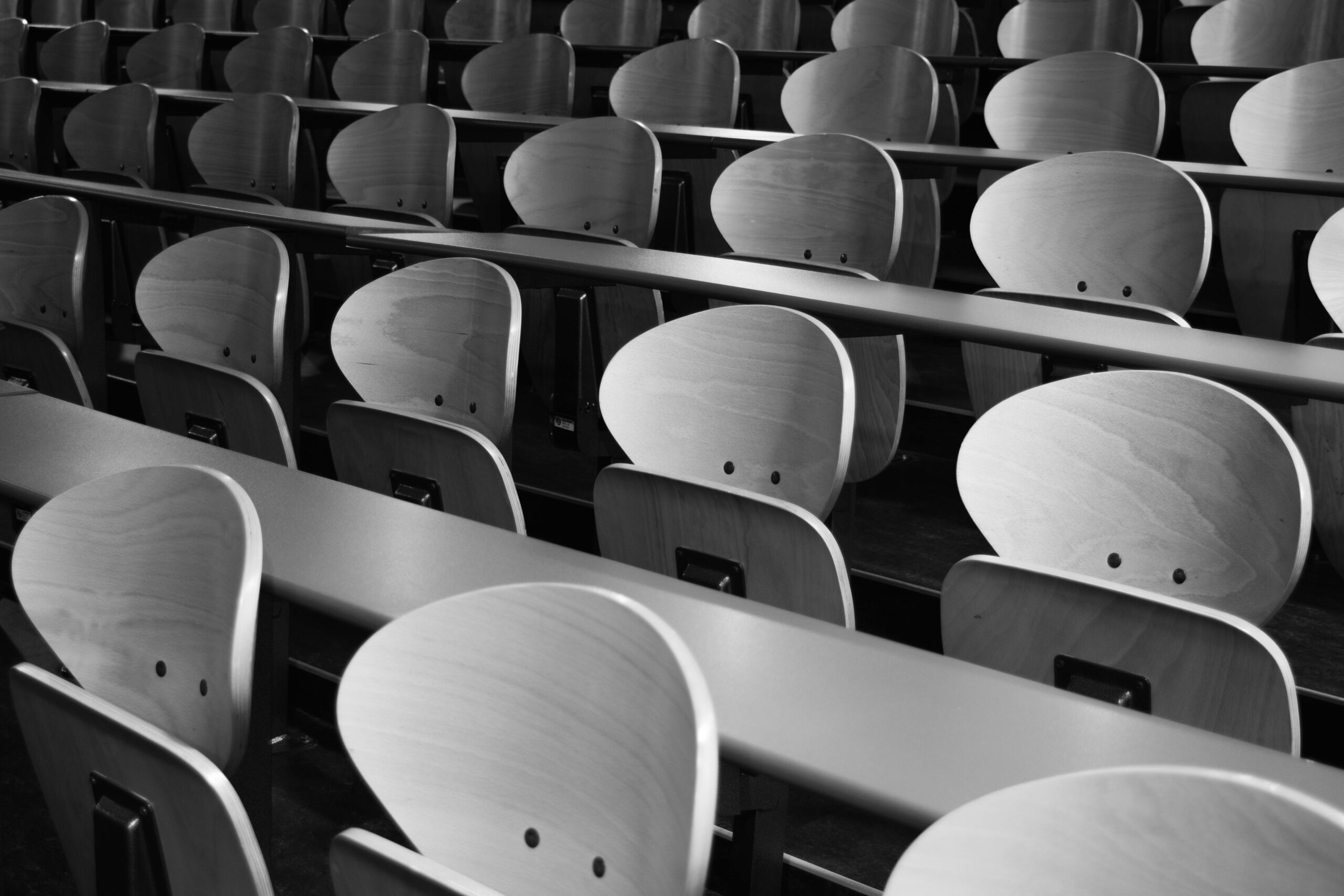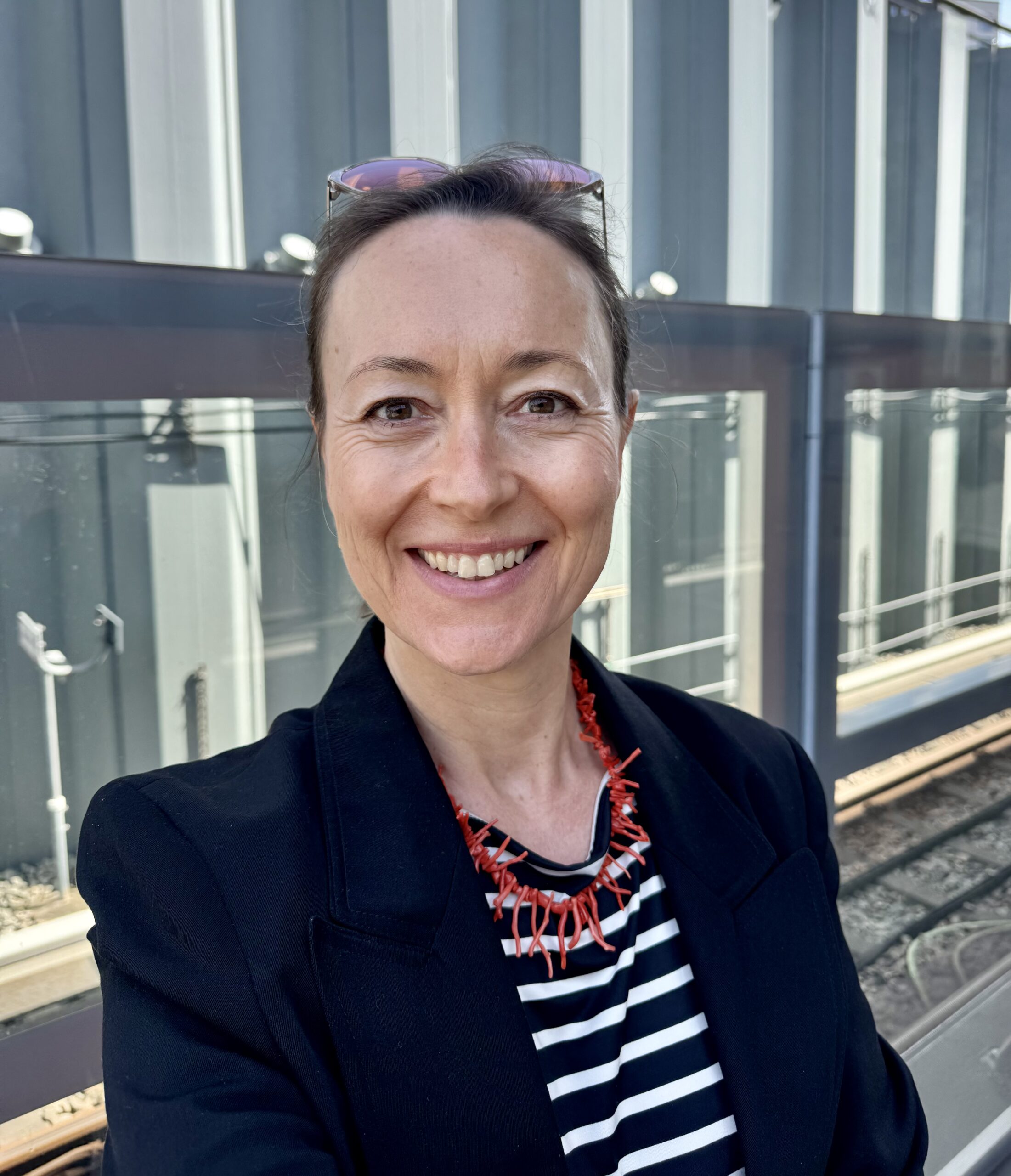On Wednesday August 24, world-famous British scientist Stephen Hawking took part in the Distinguished Lectures series sponsored by the Carlsberg Foundation, delivering an address entitled ‘Quantum Black Holes’.
It was the first time since 1970 that Professor Hawking had paid Copenhagen a visit, and his appearance was greeted with high interest and demand. Some 30,000 names were put on a waiting list, with only 1,800 were lucky enough to get a ticket and attend the event at DR Koncerthuset. Due to the high demand, the lecture was screened at 27 cinemas in Copenhagen.
Professor Hawking suffers from a slow-progressing motor neurone disease, which has partly paralysed him, and he therefore communicates with the aid of a speech-generating device.
The mysteries of black holes and the French
The lecture dealt with the mysteries of the universe: specifically black holes, which are a result of stars collapsing under their own gravity if their nuclear mass is exhausted.
Though addressing a very complicated topic, which is difficult to understand for those with no background in science, Professor Hawking accompanied the lecture with many visuals and graphics underlining the content, which made it very enjoyable.
He also could not resist making jokes: mostly at the expense of other scientists, and most particularly French ones!
“It just wouldn’t go away”
One of Professor Hawking’s anecdotes recalled the moment when he realised how important his findings were.
“The more I thought about it, the more it refused to go away, so I had to accept it,” he told the audience.
Despite his condition, Professor Hawking has lost neither his passion for science nor his humour, and he will hopefully continue to share his insights and knowledge with wide audiences and return to Copenhagen in the near future.





